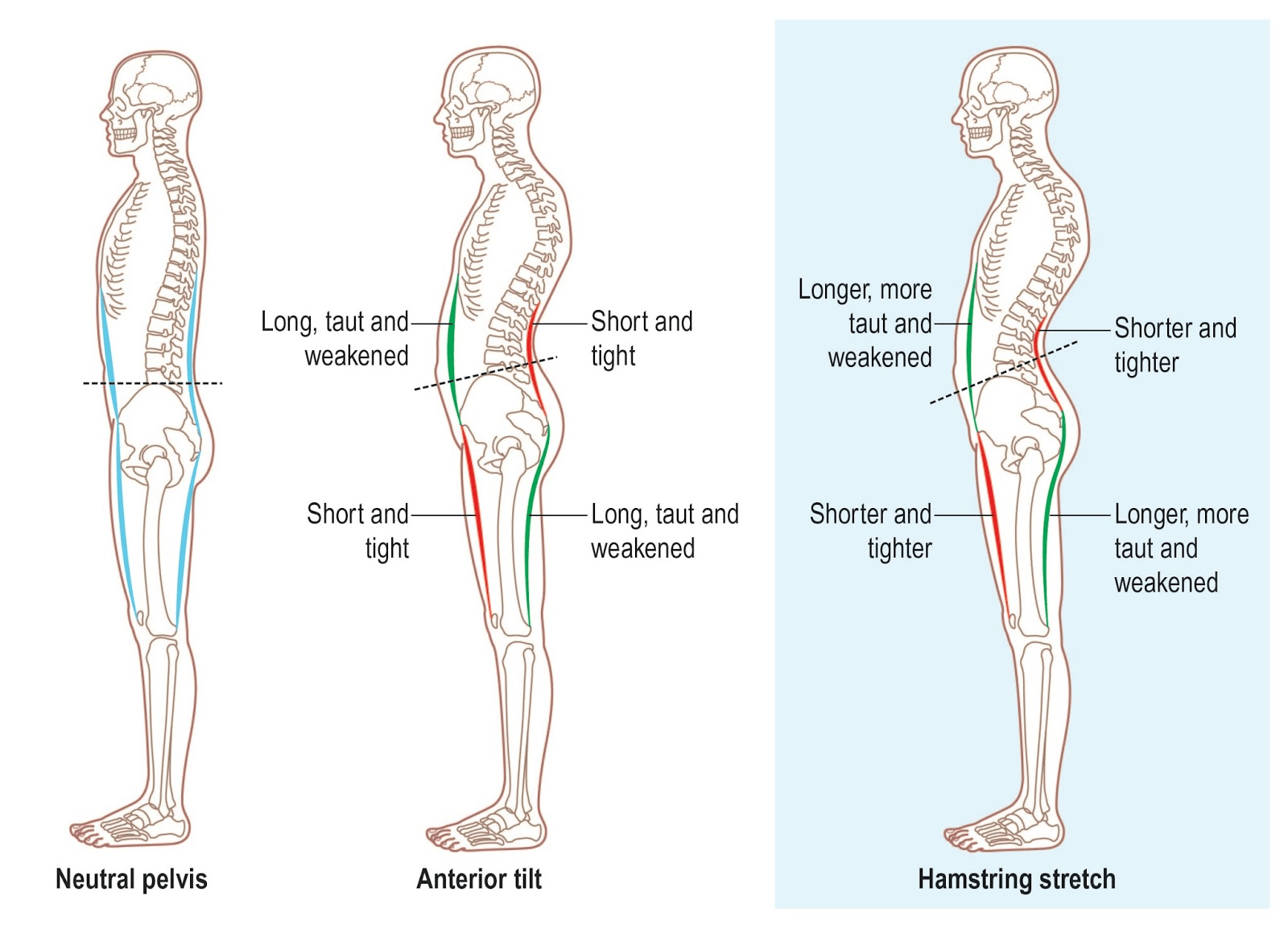BE ABOUT IT

If you’ve read my last two blogs, I’ve discussed the two topics of mobility vs stability, and the importance of foot strength in relation to lower extremity pain. In those two blogs I’ve only slightly mentioned the concept of stretching, and that it’s probably not working for you. In this blog I’m going to go into more detail on why stretching isn’t always the best for when you are tight.
What I see way too often is those who complain of tightness, do the most stretching and still don’t feel any different long term. Then they think “maybe I need to stretch more or for longer periods of time”. Let me tell you this, if you are stretching and it is not working, it is not going to magically start working. You have tight hamstrings, and all you keep doing is stretching them, you’re probably doing more harm than good.
You can do all the corrective exercises you want every day for an hour, but if you live in this poor position 23 other hours of the day then you will not see improvements.
I’ve discussed the kinetic chain in my last two blogs, and it comes back into play when it involves stretching as well. Newton’s Third Law of Motion states that for every action there is an opposite and equal reaction, and this is evident in human movement. When one muscle shortens, another muscle lengthens. Each link of the body works independently, but then also dependently on another link. For example, the knee joint and the foot can move independently, but if the feet muscles are weak and tight then it will negatively affect the knees resulting in pain.
Now, if there is a break in the chain and there is overcompensation, there is a “locked long” and “locked short” effect. The best way to describe this is by looking at the pelvis. The neutral pelvis is the ideal state that we should be in, but what we see becoming very common in society is this anterior pelvic tilt, where the top pelvis rotates towards the front of the body, giving that popped out booty look. This happens from doing a lot of sitting, driving, and hunching over where the hip flexors tighten and become overly shortened. This impacts the rest of the chain, the hip flexors attach to the quadriceps where they become short and tight, causing that “locked short” position. The antagonist (opposite) muscle group of the quadriceps is the hamstrings, and they now do the opposing muscle action which is to lengthen. These muscles are now overly lengthened, “locked long”, and become weakened causing pain and injury. Now, with the hamstring stretch, as you can see, you are stretching a muscle that is already over stretched. So, you are negatively impacting the hamstring along with the quadriceps, low back muscles, and even the core (where spinal stability happens).
How do we fix this? By now doing the opposite, which is to put the pelvis into posterior pelvic tilt (shifting the top of the pelvis towards the back of the body) to regain that ideal neutral pelvis position. Then we need to learn how to fire those correct muscle groups that have been weakened, such as the core, hamstrings, and glutes. You need to fire the living hell out of your glutes when you are in the correct position. Also, we would need to lengthen the hip flexors back, which trigger pointing the iliopsoas muscle will help with (come grab any of us CPC coaches and we can show you that!). Keep in mind too that when we say “core” we are not referring to the abs and doing sit ups, we refer to the groups of muscles that surrounds your spine. A plank is a good example to use for core stability. Make sure you are in the correct pelvic position while doing planks, firing your glutes and your quads. But… the BEST day to fix this problem, is by evaluating the way you LIVE in your body every day. If you’re constantly sitting in this flexed position, and not walking with good posture and not using your hamstring and glutes when you walk then you are living in dysfunction. You can do all the corrective exercises you want every day for an hour, but if you live in this poor position 23 other hours of the day then you will not see improvements.
In conclusion, conventional stretching does not work. Aimless stretching of a muscles is a waste of time. Tightness is a result of weakness and overcompensation in the body. Without proper alignment and engagements, the dysfunctional movement pattern that causes tightness cannot be removed. Learn how to move and understand your kinetic chain, then you will see improvements in your everyday life, performance, preventing of injury, and decreasing of pain.


